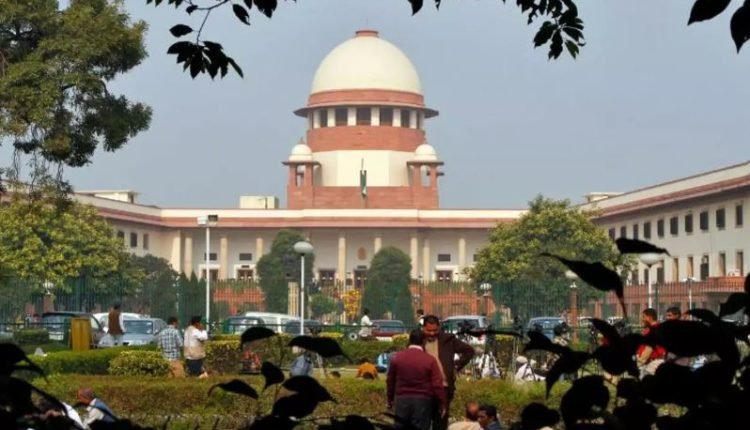Supreme Court Takes Up PIL on Election Commission’s Voter Limit Hike for Polling Booths
PIL Raises Alarm Over Longer Queues, Exclusion Risks from EC’s New Polling Booth Policy
New Delhi, 01-12-2024: The Supreme Court is set to hear a Public Interest Litigation (PIL) on December 2, challenging the Election Commission’s (EC) decision to increase the maximum number of voters allocated to a polling station from 1,200 to 1,500. A bench comprising Chief Justice Sanjiv Khanna and Justice Sanjay Kumar will review the plea filed by Indu Prakash Singh. The petitioner has raised concerns over two communications issued by the EC in August 2024, arguing that the decision lacks supporting data and could have adverse implications for the electoral process.
Indu Prakash Singh’s PIL asserts that the move is arbitrary and could disproportionately affect underprivileged voters by increasing waiting times at polling stations. Represented by senior advocate Abhishek Singhvi, the petitioner contends that the extended voting time caused by larger voter groups may discourage participation, particularly among marginalized communities. Longer queues, Singhvi argued, might deter people from casting their votes, undermining the democratic process.
During a prior hearing on October 24, the Supreme Court refrained from issuing a formal notice to the Election Commission. However, it permitted the petitioner to share the PIL with the EC’s standing counsel to elicit the Commission’s official stance on the matter. At that time, the bench noted that the EC’s intent was to maximize voter turnout and highlighted the use of Electronic Voting Machines (EVMs) to expedite the voting process compared to the traditional paper ballot system.
The petitioner’s argument further elaborated on the logistical challenges posed by the increase in voters per polling station. Singh estimated that in an 11-hour voting period, with an average of 60 to 90 seconds needed per voter to cast their ballot, a single EVM could accommodate between 490 to 660 voters in a day. With an average voter turnout of approximately 65.7%, this means a polling station catering to 1,000 electors typically sees around 650 voters. However, at booths with turnout rates of 85-90%, a significant portion of voters may face long waits or be unable to vote altogether due to time constraints.
The PIL expressed concern that this policy could disenfranchise voters during key state elections, including those in Maharashtra and Jharkhand (recently concluded) and the upcoming polls in Bihar and Delhi. It emphasized that a democracy must ensure ease of access for all citizens to exercise their right to vote. The petition warned that in high-turnout polling stations, around 20% of voters might abandon voting due to delays, which it described as unacceptable in a progressive democracy.
The Election Commission, for its part, has argued that increasing the number of EVMs at polling stations could mitigate potential delays and facilitate smoother voting despite the larger voter groups. The Supreme Court’s deliberations are likely to address the balance between efficiency in the voting process and the need to uphold equitable access for all citizens. The case will also test the EC’s ability to justify its policy decisions against concerns of practical implementation and voter inclusivity.




